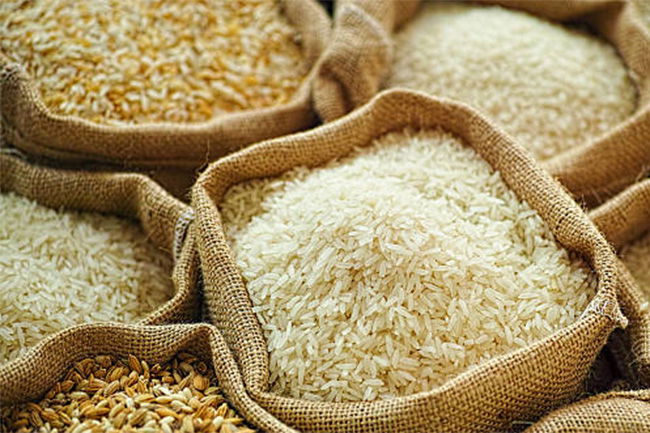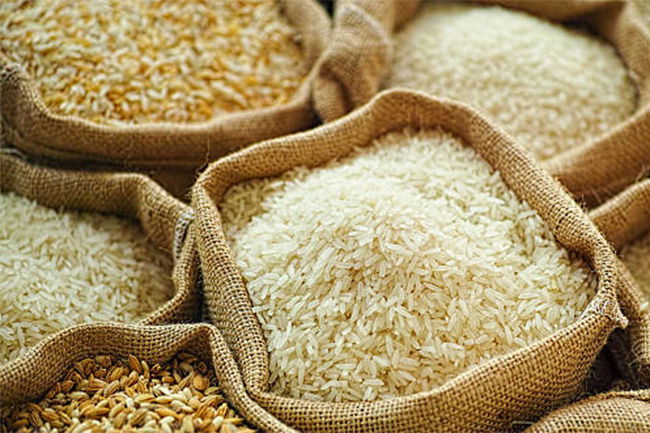1. Punjab rice millers refuse to process hybrid paddy
Rice millers in Punjab have declared they will not process hybrid paddy varieties such as Pusa‑44, citing extremely high grain breakage rates (45–50%) and reduced head‑rice recovery (55–57% vs. the standard 67%). This makes milling financially unviable and poses serious complications for the upcoming procurement season. Millers are demanding relaxed breakage norms and access to an IIT Kharagpur study on yield outcomes.
2. Political pressure mounts over hybrid paddy crisis
Partap Singh Bajwa, Leader of the Opposition in Punjab, has urged the AAP government to act immediately to resolve the hybrid paddy milling crisis. He warned of a repeat of last year’s procurement shortfall—where farmers received below MSP (₹1,700–2,100/qtl vs. ₹2,300)—and noted that the procurement season starts on September 15.
3. Shocking decline in paddy cultivation in Thiruvananthapuram
Over the period from 2010 to 2025, Thiruvananthapuram district (Kerala) has seen a 54% reduction in paddy-cultivated area and a 46% fall in yield—from 6,923 tonnes to just 3,700 tonnes. The shift is driven by higher returns from alternative crops like plantains and vegetables, offering over ₹1.5 lakh per acre compared to less than ₹60,000 for paddy. The government is launching efforts to revive some fallow paddy land, but farming decisions ultimately rest with the cultivators.
4. U.S. tariff shock hits Punjab’s basmati rice economy
A newly imposed 50% U.S. import tariff on Indian basmati rice is severely denting export profitability and discouraging growers in Punjab. Basmati prices have dropped from ₹4,500 to ₹3,500 per quintal, prompting some farmers to switch back to government-supported regular paddy with stable MSP. This trend may jeopardize Punjab’s efforts to promote crop diversification and groundwater sustainability.
5. Haryana sees mass migration of rice mills
Over the past three years, more than 90 rice mills have relocated from Haryana to Madhya Pradesh, attributed to favorable policies there—lower market fees (1.2% vs. 4%) and generous subsidies (up to 60%). This migration is projected to cost Haryana ₹100 crore annually in revenue and result in the loss of 15,000–25,000 jobs, while reducing the state’s share of rice exports from 60% to 40%.
Summary of Key Trends
| Region | Issue | Impact/Details |
|---|
| Punjab | Milling crisis for hybrid paddy | Refusal to process due to low yield & loss risk |
| Kerala (Thiruvananthapuram) | Sharp decline in paddy cultivation | Land and production halved due to better returns from other crops |
| Punjab (basmati) | Export disruption to U.S. | Prices drop, diversions to regular paddy |
| Haryana | Mill migration due to unfriendly policies | Substantial job & revenue loss |
If you're looking for regional coverage beyond these—as in other states—or deeper analysis into policy ramifications, farmer livelihoods, or milling economics, feel free to let me know!



